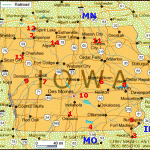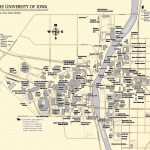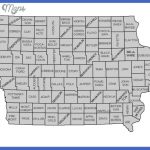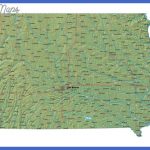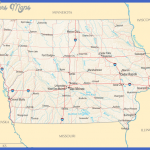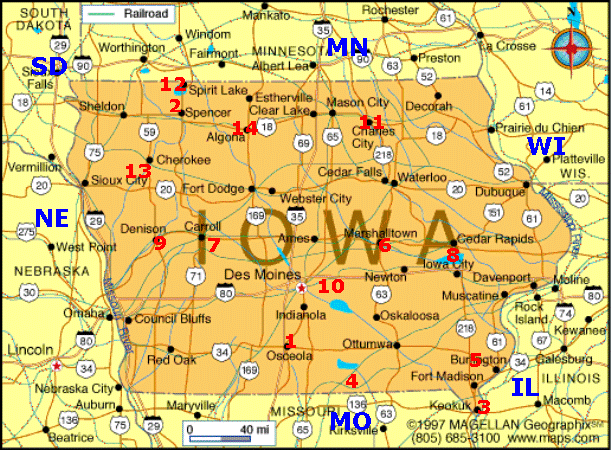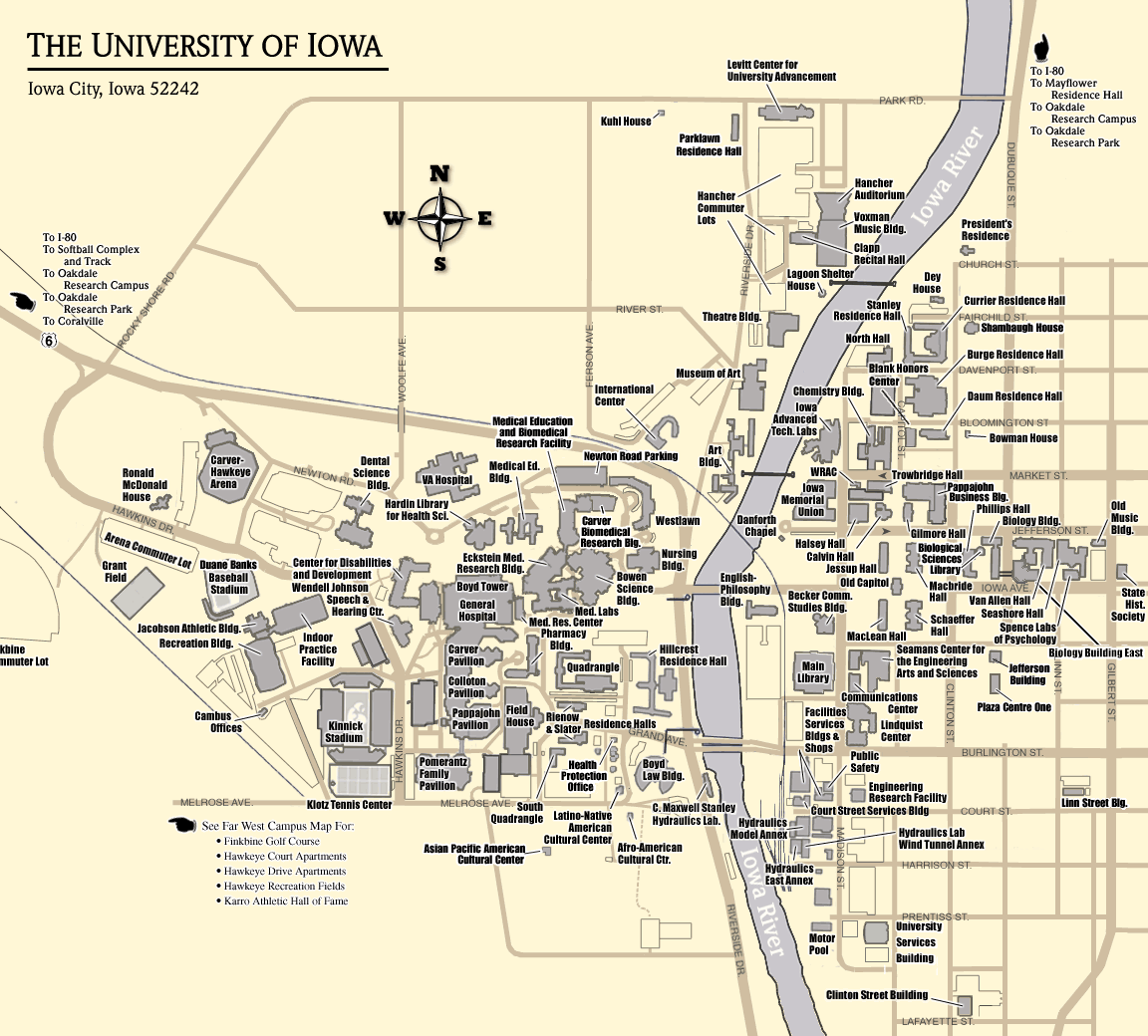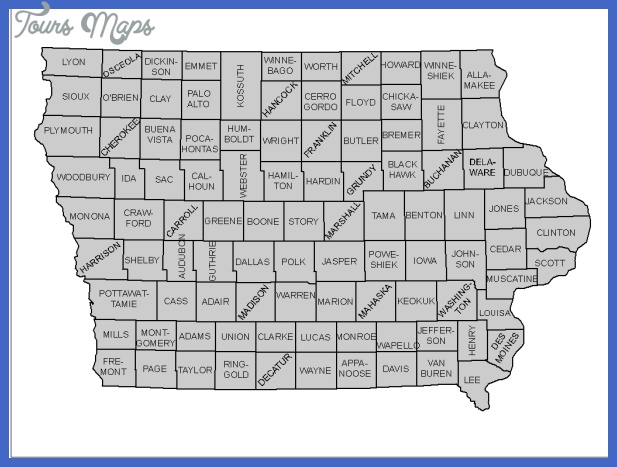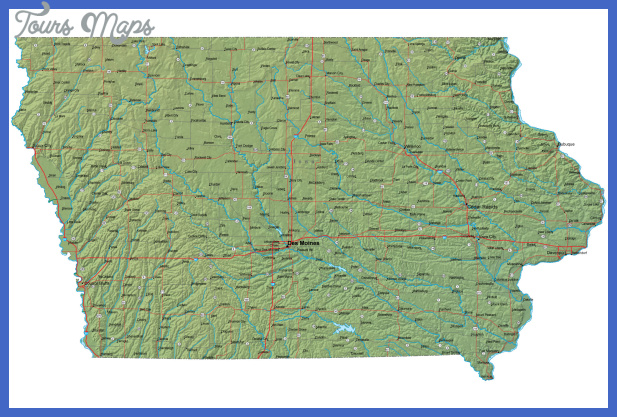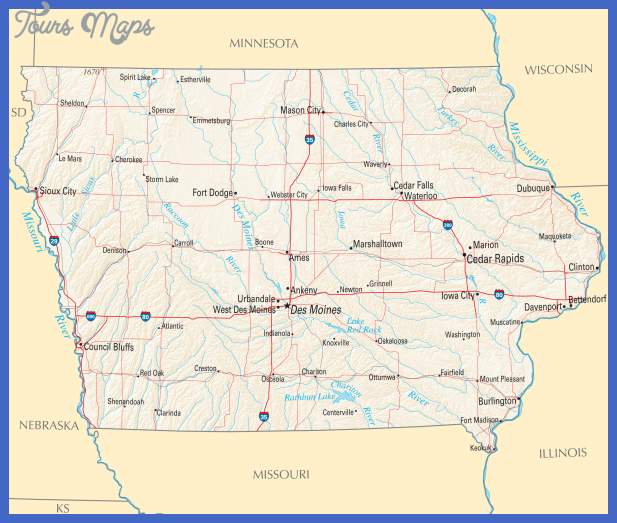Chicanos in Iowa and a Pan-Latino Community: 1960s-1970s
According to the U.S. Census Bureau, by the end of the 1960s the Iowa Latino population had grown to over 21,000. Some sources stated that number was in fact closer to 30,000. The majority of Latinos resided in the following counties: Black Hawk, Cerro Gordo, Des Moines, Lee, Linn, Muscatine, Polk, Pottawattamie, Scott, and Woodbury. The 1970 census shows a Latino population working primarily in clerical, craftsman, factory, and laborer positions. A large number of transient migrant workers estimated in 1970 to be approximately 3,000 and undocumented Latinos are not included in the census data. These migrants were mostly U.S.-born individuals coming from states such as Texas, Missouri, Florida, and Colorado. A significant change occurred within the Latino
population. Civil wars in Nicaragua, El Salvador, and Guatemala created the displacement of a large number of individuals and families. As a result, a steady stream of migrants and political refugees began arriving in the United States. Iowa, a historical destination for migrant refugees, began receiving a significant number of Central Americans in the 1970s, which added to the diversity of the Latino community that had been, by and large, Mexican for most of the twentieth century.
In some ways Iowa was the same as the rest of the country during the 1960s. The civil rights movement was alive and well in Iowa, with numerous groups ranging from student activism against the Vietnam War to the Black Movement. Simultaneously, although the state had diversified its economy, Iowa continued to be a major agriculture producer, and this remained a top priority for the state. Latinos in Iowa were engaged in an Iowan version of the civil rights movement. The evidence suggests that Chicanos in Iowa were politically active during the 1960s on many fronts.2
Because Iowa has strong agricultural roots and employs a large number of Latinos in this industry, it is not surprising that this is one of the areas Latinos mobilized to boycott, strike, and demand equitable treatment. Although Latinos embraced and supported some of the national farmworker movements such as Cesar Chavez’s farmworkers movement and the Farm Labor Organizing Committee Latinos had their local struggles in Iowa. For example, during the 1970s Davenport had a population of 3,000 Latinos.
That city was the home of an Oscar Mayer processing plant that employed approximately 1,500 people, of whom only 18 had Latino background. Dolores Carrillo, a Davenport resident in the 1970s, had extensive experience working in factories, but was continually denied employment at the Oscar Mayer plant. Newspaper articles describe Carrillo’s efforts to organize a boycott against Oscar Mayer because of unfair hiring practices and prejudice at the workplace. In 1976 LULAC filed a grievance with the Department of Defense against International Harvester Corporation for discriminatory hiring practices against Latino applicants.
The Department of Defense found International Harvester in violation of numerous hiring procedures that adversely affected Latinos. What these cases reveal is a politically active Latino community an activism that has its roots in the early twentieth century and the maturation of such organizations as LULAC, which were willing to confront companies to ensure that Latino basic rights were protected. This type of activism and involvement did not define all Latinos in Iowa during the 1960s and 1970s, but it rather demonstrates a common history with other Latinos throughout the country that provides a common experience, albeit with Iowan twists. The political development of the Latino community prepared it for the influx of thousands of additional Latinos in the last two decades of the twentieth century. Indeed,
Iowa experienced one of the largest demographic changes in its Latino population in the country.
Iowa Map Photo Gallery
Maybe You Like Them Too
- Explore Góra Kalwaria, Poland with this detailed map
- Explore Gumdag, Turkmenistan with this detailed map
- Explore Telfes im Stubai, Austria with this detailed map
- Explore Langenselbold, Germany with this detailed map
- Explore Krotoszyn, Poland with this detailed map

